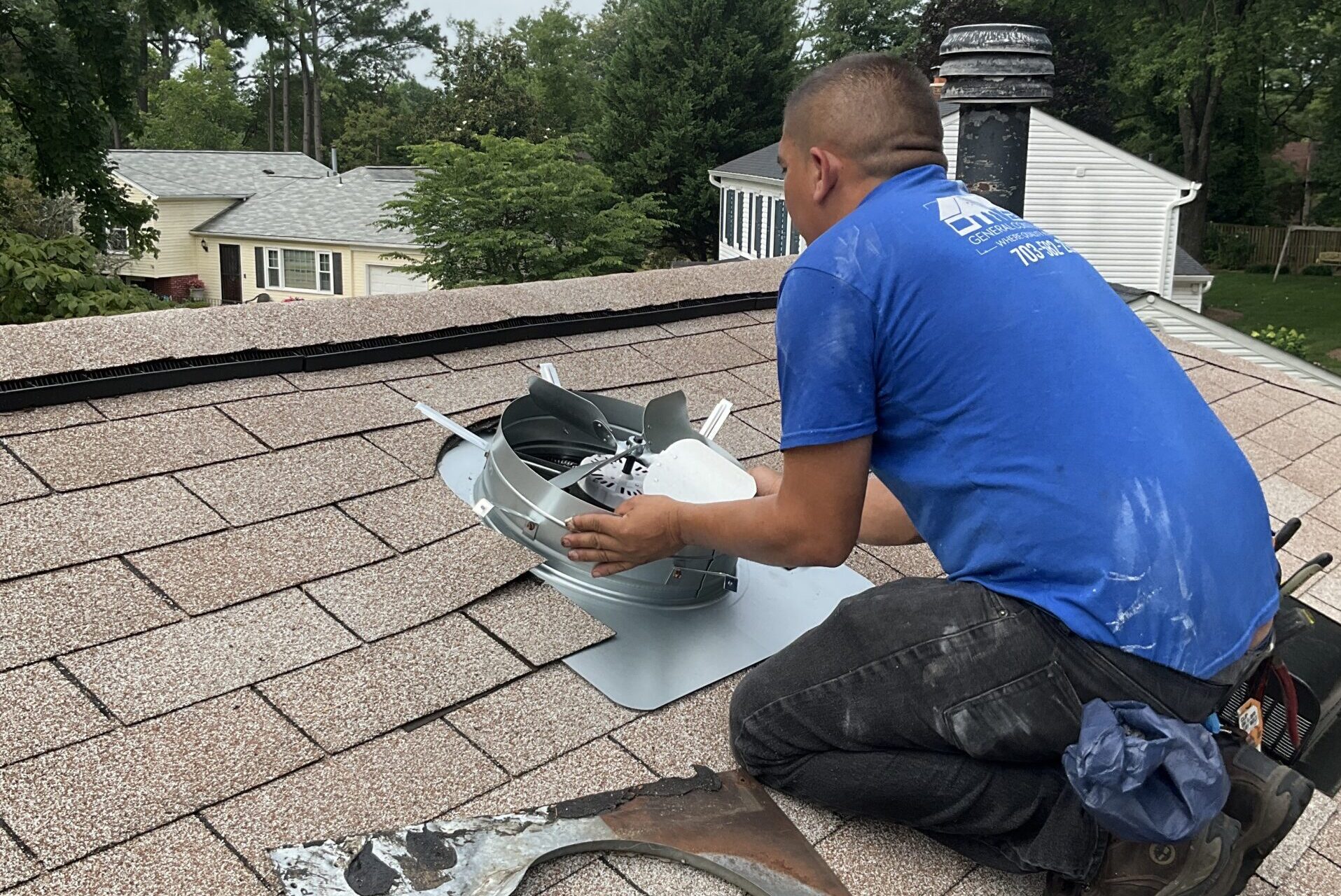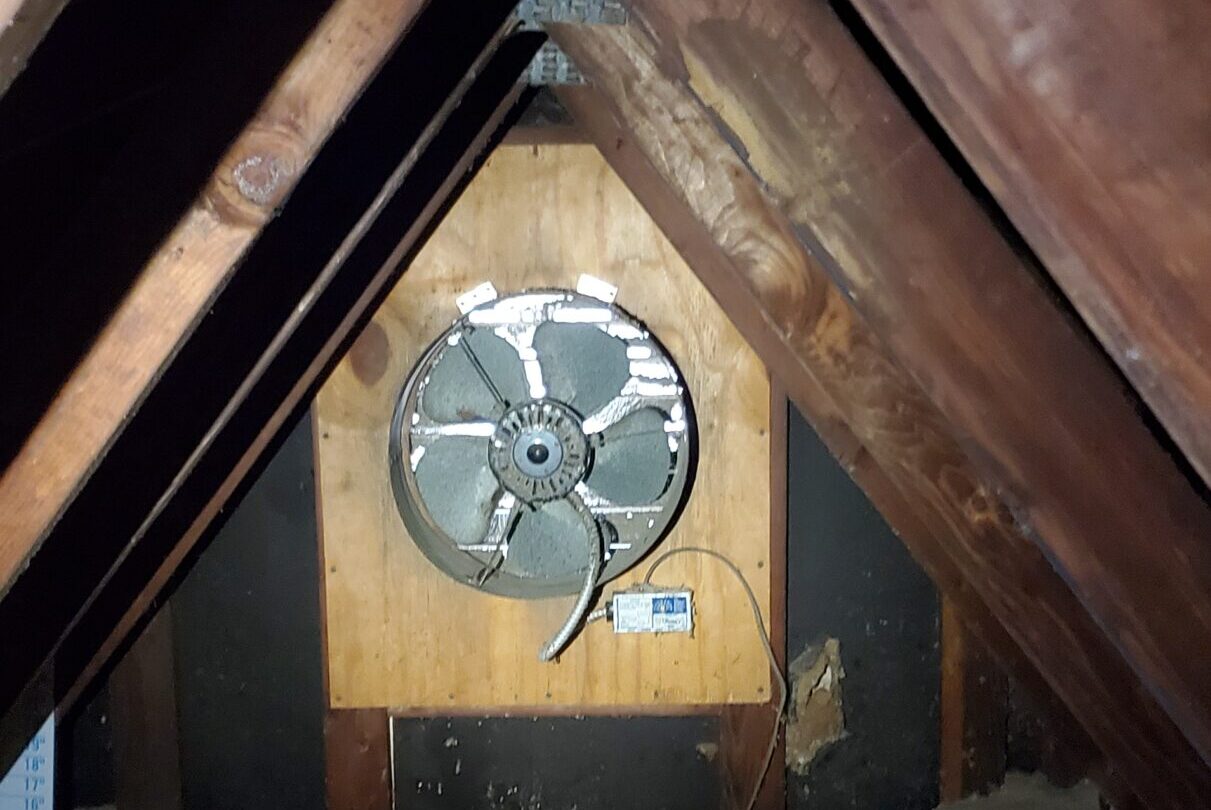Attic Venting
Roofing Service
About Attic Venting
Attic venting, also known as attic ventilation, refers to the process of allowing air to flow freely through the attic space in a building. The purpose of attic venting is primarily to regulate temperature and moisture levels within the attic, which can have significant effects on the overall health and durability of the building structure.
Have Any Questions or Concerns? Send Us A Message, Were Here To Help!
FAQ’s
Do Attics Need Venting?
Attics need venting primarily for temperature and moisture regulation. Without proper ventilation, attics can become excessively hot during the summer, leading to discomfort and increased cooling costs. Additionally, moisture buildup in the attic can occur from various sources, potentially causing mold, mildew, and structural damage. Ventilation allows hot air to escape and cooler air to enter, maintaining more comfortable temperatures and reducing the risk of moisture-related problems, ultimately preserving the integrity of the building structure and improving indoor air quality.
What Are the Benefits?
Energy Efficiency: Proper attic ventilation can help reduce the load on heating and cooling systems, leading to lower energy consumption and utility bills.
Improved Indoor Air Quality: By preventing moisture buildup and mold growth, attic venting helps maintain a healthier indoor environment for occupants.
Extended Roof Lifespan: Adequate ventilation can help prevent premature deterioration of roofing materials by reducing heat buildup and moisture-related damage.
Preservation of Building Structure: By controlling temperature and moisture levels, attic venting helps preserve the structural integrity of the building, preventing costly repairs and maintenance.
Types of Ventilation:
-
- Passive Ventilation: This type of ventilation relies on natural airflow driven by temperature and pressure differentials. It typically involves the installation of intake vents (e.g., soffit vents) at the lower portion of the attic and exhaust vents (e.g., ridge vents, gable vents, or roof vents) at the upper portion. This setup allows cool air to enter the attic through the intake vents, while hot air escapes through the exhaust vents, creating a natural convection cycle.
- Active Ventilation: Active ventilation systems incorporate mechanical components, such as attic fans or powered vents, to actively remove hot air from the attic space. These systems may be controlled manually or automatically based on temperature or humidity sensors. Active ventilation is often used in situations where passive ventilation alone is insufficient to adequately control temperature and moisture levels.
CONTACT EMS GENERAL CONTRACTORS TODAY
Ensure the health and longevity of your home by prioritizing attic venting today. Don’t let your attic become a breeding ground for mold, mildew, or structural damage due to excessive heat and moisture buildup. Take action now to install proper ventilation systems, safeguarding against costly repairs and ensuring a comfortable, healthy living environment for years to come.




